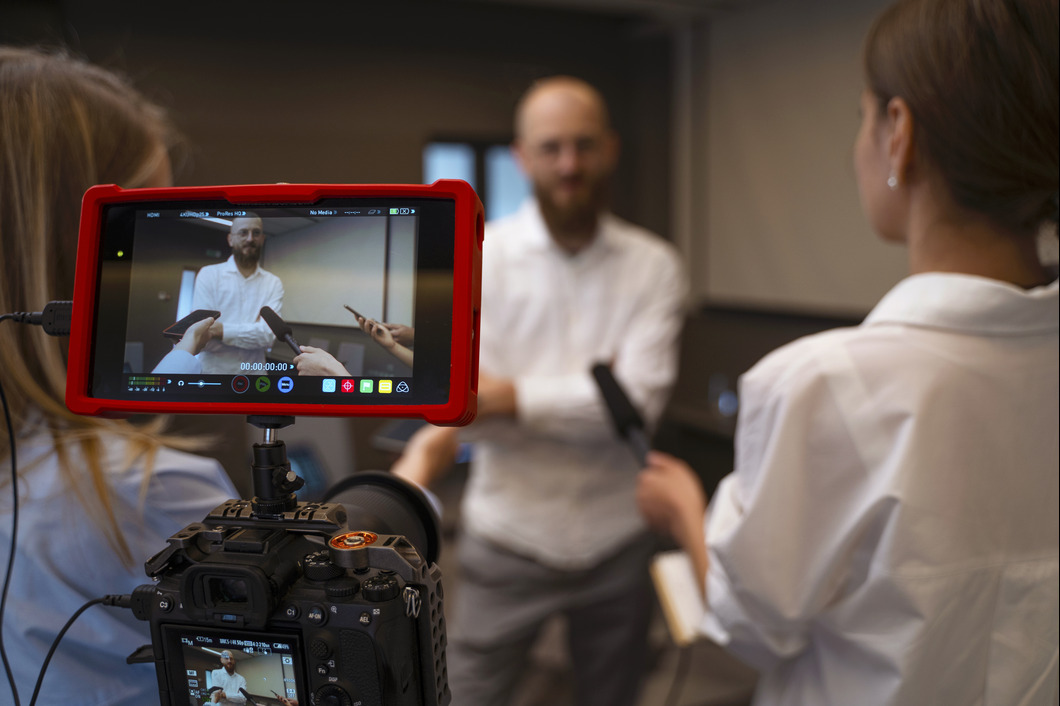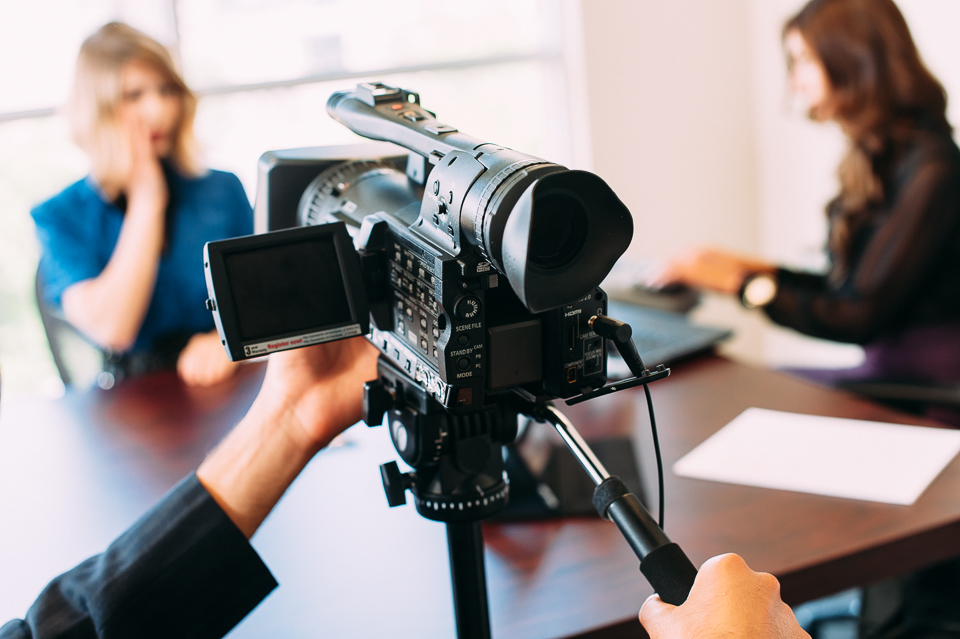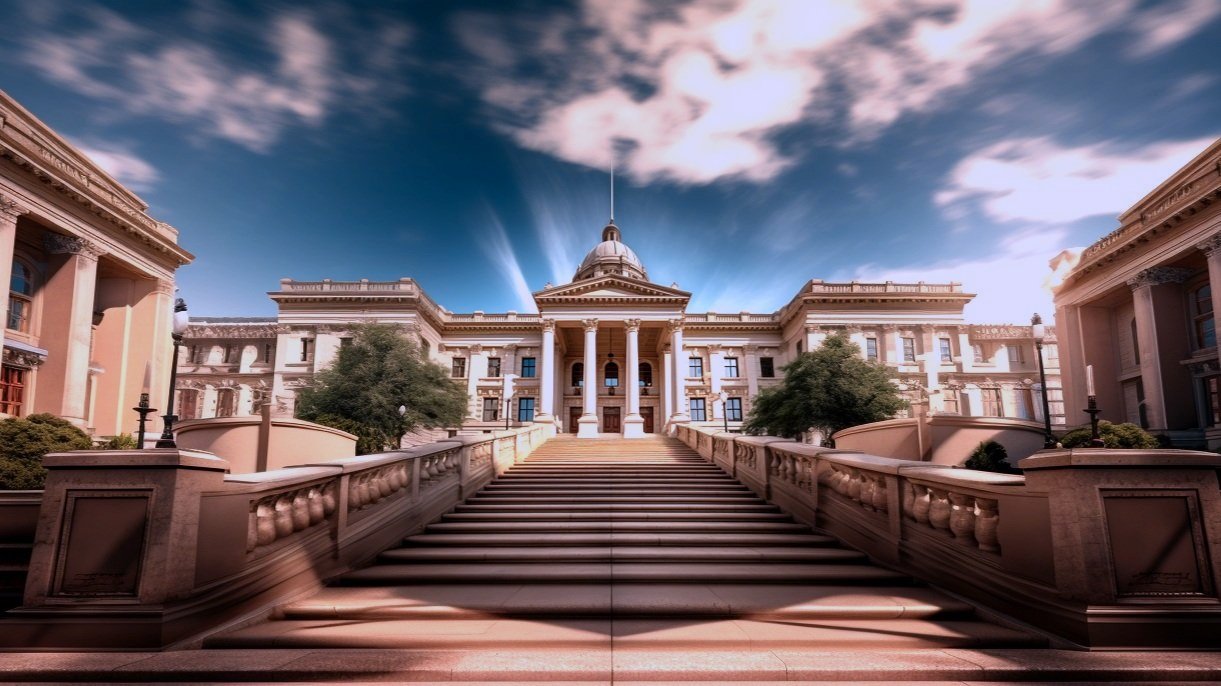The Ultimate Guide to Legal Videography for Attorneys and Legal Teams
The Ultimate Guide to Legal Videography for Attorneys and Legal Teams
Blog Article
Delving Into the Mechanisms of Lawful Videography: Introduction Its Operation in Shielding Genuine Visual Testament for Judicial Proceedings
In the world of judicial procedures, the role of lawful videography stands as a cornerstone in maintaining and providing visual proof. As technology proceeds to advancement, the systems behind lawful videography have actually become significantly elaborate, offering a critical layer of authenticity to statements captured on video clip.
Historical Advancement of Lawful Videography
Analyzing the historic progression of legal videography exposes a considerable makeover in the catching and discussion of aesthetic proof within the legal landscape. In the past, legal process heavily counted on created photos and records to record events and supply proof. With the advent of video modern technology, the legal industry saw a paradigm shift in just how aesthetic testimony was caught and presented.
The development of lawful videography can be mapped back to the late 20th century when innovations in video recording devices made it much more easily accessible for use in courtrooms. This technological advancement not only enhanced the accuracy and dependability of visual evidence but also revolutionized the means situations existed to courts and juries (Legal Videography). Lawyers started to acknowledge the convincing power of video recordings in communicating emotions, nuances, and non-verbal hints that written records or pictures alone might not record effectively

Technology Developments in Video Documentation
What essential technical advancements have revolutionized video documentation in the legal field? The lawful area has seen substantial advancements in video documentation modern technology that have actually improved the authenticity and reliability of visual proof in judicial process. Among the vital improvements is high-definition (HD) video recording abilities, which offer crystal-clear images and sharp information that are critical for properly recording testaments, facial expressions, and other visual signs. In addition, the combination of timestamping and metadata features in video clip documentation devices has enabled exact documents of when and where the video clip was taped, making sure the integrity of the proof presented in court.
Moreover, improvements in video file encryption and watermarking technologies have actually bolstered the security and tamper-proof nature of video clip evidence, guarding it against unauthorized modifications or tampering. Furthermore, the development of cloud storage space services and remote gain access to abilities has structured the storage, retrieval, and sharing of video clip evidence, promoting seamless cooperation among lawful professionals and making certain effective access to important aesthetic testimonies when needed. These technical advancements in video documentation have most certainly revolutionized the legal field, boosting the precision, reliability, and admissibility of visual evidence in judicial proceedings.
Role of Legal Videographers in Court Setups
The evolution of video clip paperwork technology in the lawful field has demanded a critical duty for legal videographers in courtroom setups, making sure the stability and reliability of aesthetic statements presented throughout judicial procedures. Legal videographers play a basic function in capturing and maintaining precise aesthetic evidence that can be pivotal in lawsuit. Their obligation extends to establishing tools, tape-recording proceedings, and generating top notch videos that precisely reflect the occasions in the court.
In courtroom settings, legal videographers need to adhere to stringent guidelines and requirements to preserve the authenticity of the aesthetic document. They should have a keen eye for information and a complete understanding of legal treatments to ensure that the video footage they capture is a true depiction of the events that took place. In addition, legal videographers usually work very closely with legal teams to make sure that the video clip evidence lines up with the instance's requirements and can be successfully offered in court to support the lawful debates being made. In general, the function of lawful videographers in court room settings is important in maintaining the concepts of justice and ensuring the transparency of lawful process.

Ensuring Admissibility and Honesty of Video Proof
To keep the reputation of aesthetic proof presented in legal process, ensuring the admissibility and stability of video clip proof is a crucial duty for lawful videographers. Admissibility refers to the acceptance of evidence by the court, and for video clip proof to be admissible, it should fulfill particular criteria. Legal videographers play a vital duty in ensuring that the videos they catch adhere to the regulations of proof, such as dependability, credibility, and significance.
Integrity of video evidence involves maintaining the creativity and precision of the video from the moment it is videotaped till it is offered in court. This consists of safely keeping the video files, documenting the chain of guardianship, and avoiding any tampering or alterations. Lawful videographers have to abide by rigorous procedures to ensure the integrity of the video proof and protect against any kind of obstacles to its credibility.
Future Trends in Legal Videography
Provided the enhancing reliance on modern technology in lawful process, lawful videographers are poised to embrace cutting-edge improvements forming the future of aesthetic statement capture and presentation. Among the famous trends coming up is the assimilation of online fact (VIRTUAL REALITY) and enhanced reality (AR) modern technologies right into legal videography. These modern technologies have the possible to reinvent how aesthetic evidence exists in court rooms, enabling juries and courts to immerse themselves in the scene of the criminal activity or occurrence.
Additionally, using expert system (AI) algorithms for video clip analysis is anticipated to improve the procedure of evaluating and assessing big quantities of video footage. AI can assist in determining vital moments, abnormalities, and patterns within videos, boosting the efficiency of lawful investigations.

Conclusion
In verdict, lawful videography has actually played a critical function in providing genuine visual evidence for judicial process. With technical developments and the proficiency of lawful videographers, the integrity and admissibility of video proof are guaranteed in court room settings. As legal videography proceeds to develop, it will certainly be necessary to support criteria that maintain the precision and integrity of visual statement for the future of lawful proceedings.
Checking out the historical development of lawful videography exposes a significant improvement in the capturing and presentation of visual proof within the lawful landscape.The evolution of video documents innovation in the lawful field has required a critical role for legal videographers in courtroom settings, making certain the honesty and reliability of visual statements offered throughout judicial proceedings. Additionally, legal videographers commonly function very closely with lawful teams to guarantee that the video proof lines up with the case's requirements and can be efficiently provided in court to support the legal arguments being made.To maintain the credibility of visual evidence presented in legal proceedings, ensuring the admissibility and integrity of video clip proof is an important responsibility for legal videographers. As legal videography continues to develop, it will be important to promote standards that maintain the precision and integrity of aesthetic statement find out here now for the future of legal procedures.
Report this page